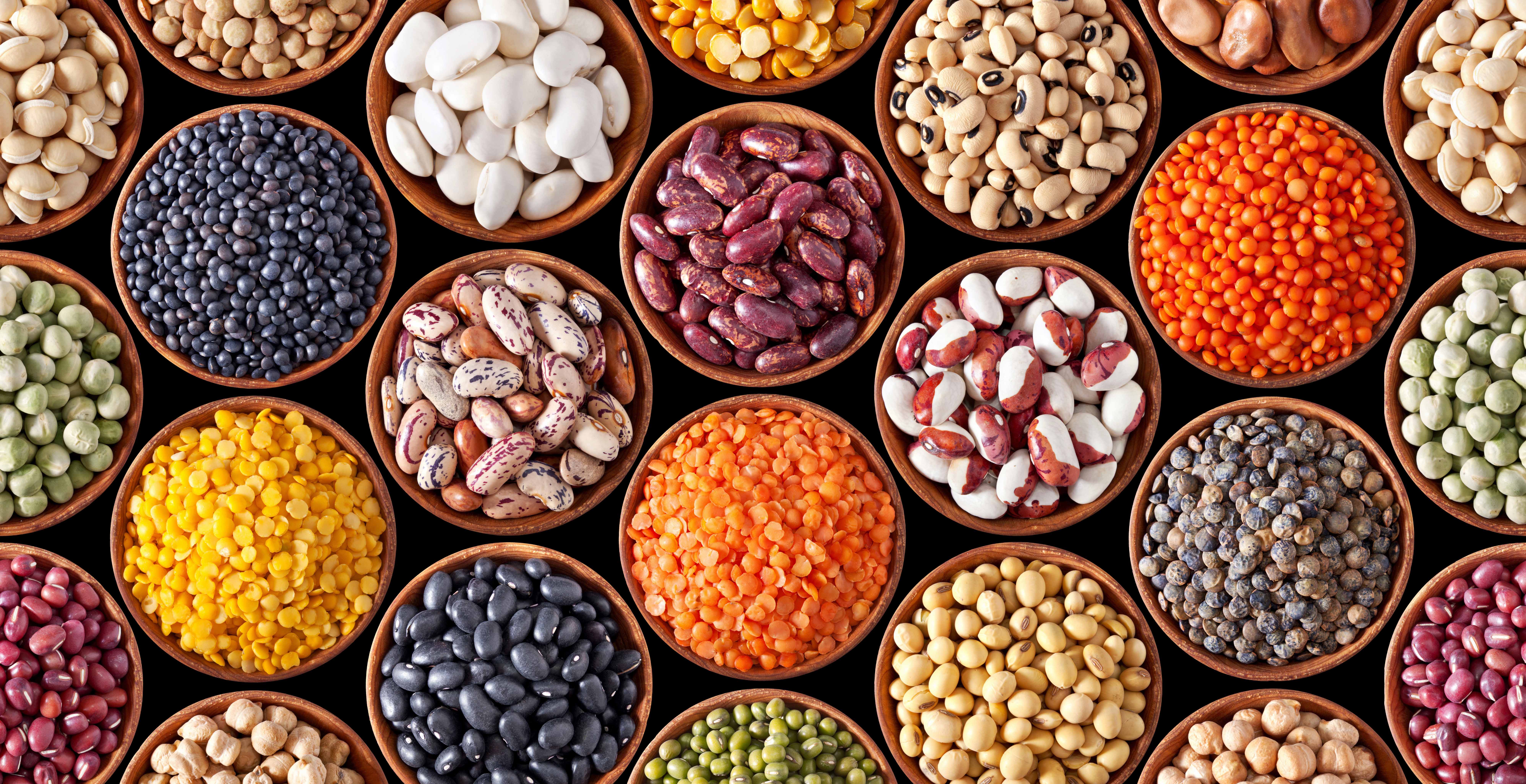Get Your Bean On


Beans, beans, they’re good for your heart – sorry, we couldn’t write a beans article without that old line, but seriously, they are!
Beans are known for being an excellent source of lean protein, as well as free of cholesterol. Beans are part of the legume family, which encompasses chickpeas, lentils, and split peas, and all of those, when dried, fall under the pulses family.
They are actually some of the best things you can eat – versatile and vegetarian- and vegan-friendly, and an easy-to-cook pantry staple. As Pulse Canada says, “Pulses are a great tasting addition to any diet. They are rich in fibre and protein, and have high levels of minerals such as iron, zinc, and phosphorous as well as folate and other B-vitamins. In addition to their nutritional profile and links to improved health, pulses are unique foods in their ability to reduce the environmental footprint of our grocery carts. Put it all together and these sensational seeds are a powerful food ingredient that can be used to deliver the results of healthy people and a healthy planet.”
Here’s a breakdown of the main different groups of pulses/legumes
Beans
The list of types of beans out there seems endless, but they basically always have “beans” in the name – we’re talking dried or canned red kidney beans, navy beans, pinto beans, black beans, and cannellini beans, to name a few. And of course there are fresh green beans, broad beans, and the like.
Chickpeas
The basis for hummus, chickpeas (which are also known as garbanzo beans, just to make things confusing) are also a staple of Indian cuisine. They are easy to add to salads and soups and can even be roasted and seasoned for a crunchy snack.
Lentils
Like peas, lentils are one of the oldest food crops. And interestingly, while other legumes need to be soaked before cooking, lentils don’t. Because they’re usually sold split in half, they cook faster than other legumes. Lentils are the base for Indian dhals and curries, and are also excellent for soups and stews – they come in yellow, red or green-brown hues.
Peas
The field pea is one of the first crops humans domesticated. There are fresh green (immature) peas, and then there are a number of the dried varieties, like black-eyed peas and split peas.
If you’re not already in love with beans, peas, and lentils, check out these recipes and give them a try!
